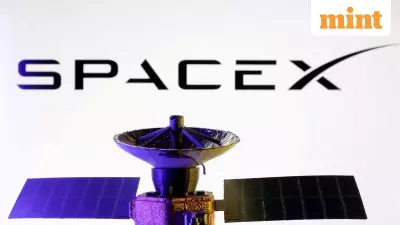
The artificial intelligence revolution isn't just transforming technology—it's reshaping entire investment portfolios. Despite concerns about market bubbles and overvaluation, the AI trade continues to demonstrate remarkable resilience, compelling investors to either join the ride or risk being left behind.
The Unstoppable AI Juggernaut
Market analysts and financial experts are observing what many are calling the most significant technological shift since the internet boom. Unlike previous tech surges that eventually fizzled out, the AI movement shows fundamental strength driven by tangible business applications and massive corporate investment.
Major tech giants are pouring billions into AI infrastructure, with companies like Nvidia reporting staggering earnings that consistently beat expectations. This isn't mere speculation—it's a fundamental restructuring of how businesses operate across every sector.
Why This Time Is Different
Several factors distinguish the current AI investment wave from previous tech bubbles:
- Real Revenue Generation: AI companies are demonstrating concrete revenue streams and profitability
- Enterprise Adoption: Businesses across industries are implementing AI solutions at unprecedented rates
- Government Support: Multiple nations are prioritizing AI development as a strategic national interest
- Infrastructure Demand: The need for AI computing power is creating entire new market ecosystems
Investment Strategies for the AI Era
Financial advisors suggest several approaches for investors looking to capitalize on the AI trend:
- Diversified Exposure: Consider AI-focused ETFs and mutual funds rather than individual stock picking
- Infrastructure Plays: Look beyond software companies to hardware and semiconductor manufacturers
- Long-term Horizon: View AI as a multi-year investment theme rather than a short-term trade
- Risk Management: Maintain balanced portfolios while allocating a portion to high-growth AI opportunities
The Road Ahead
While some market watchers express caution about valuation levels, the consensus among industry experts is that we're still in the early innings of AI adoption. The technology's potential to drive productivity gains and create new markets suggests the investment theme has substantial runway ahead.
As one portfolio manager noted, "Missing the AI revolution could be more costly than being temporarily overexposed. This isn't a trend—it's a transformation."
For Indian investors, the message is clear: understanding and participating in the AI investment landscape is no longer optional for those seeking competitive returns in the coming decade.





